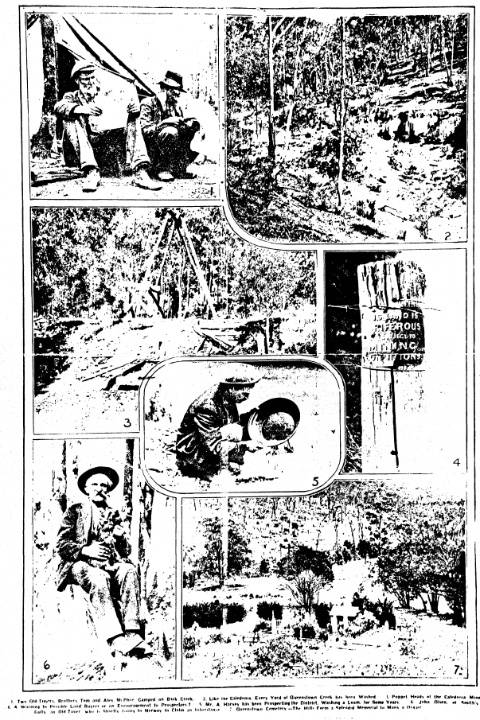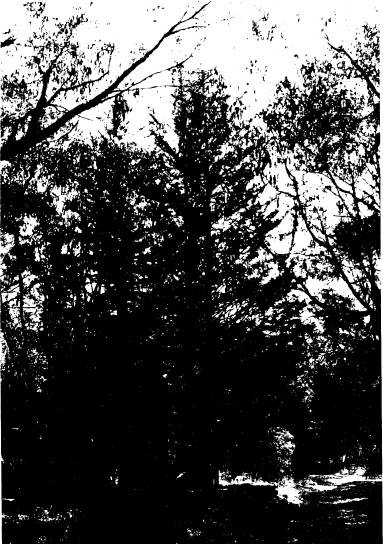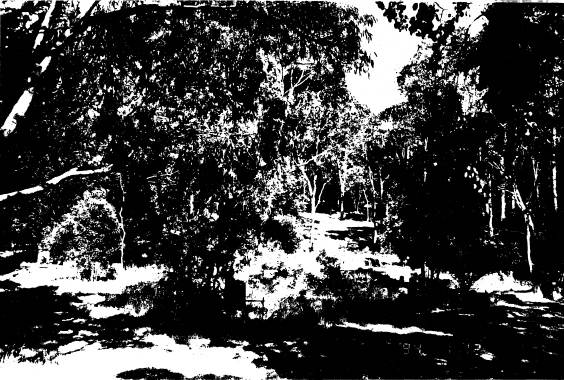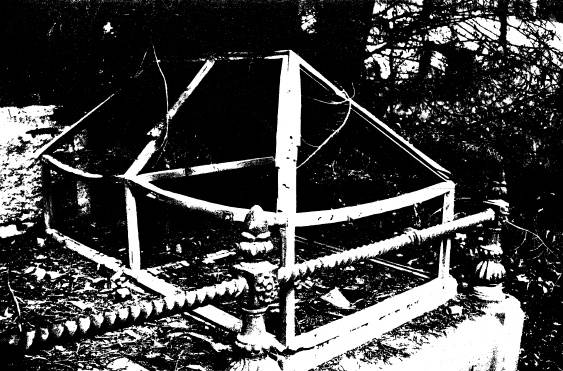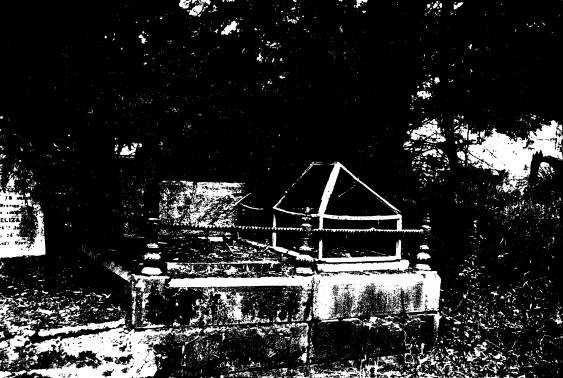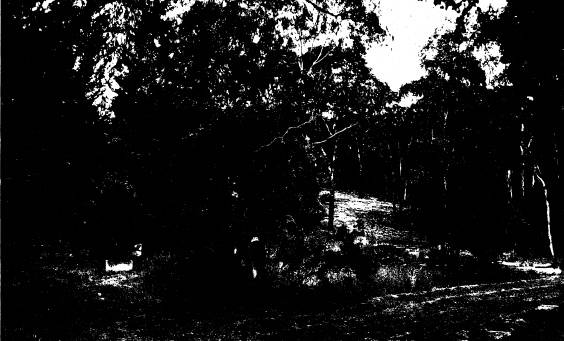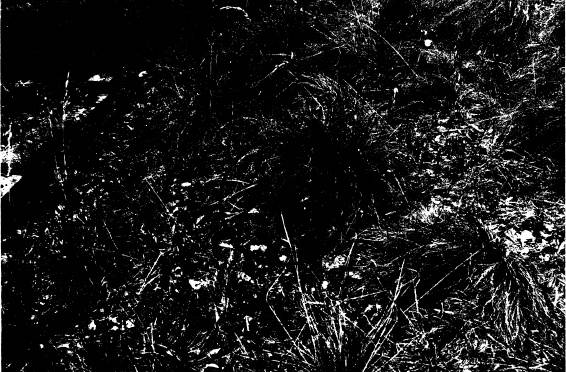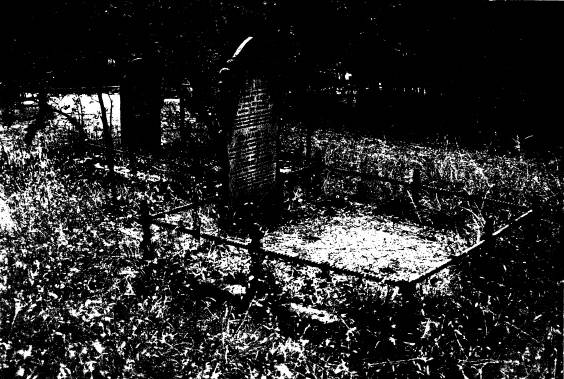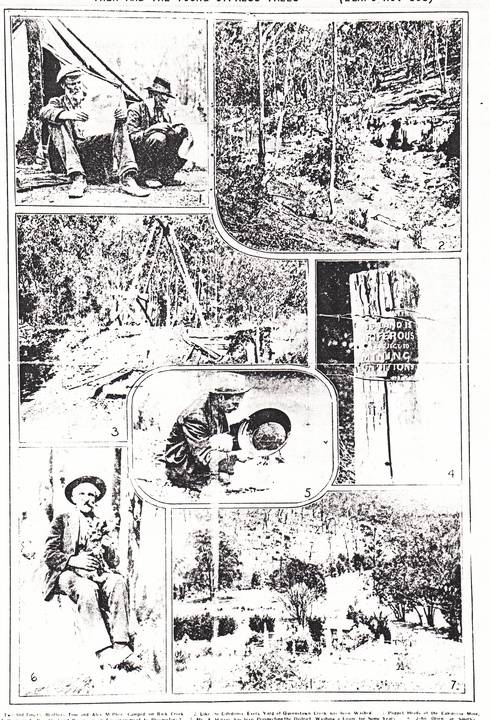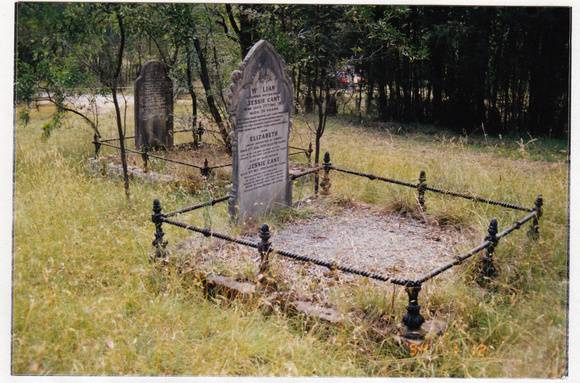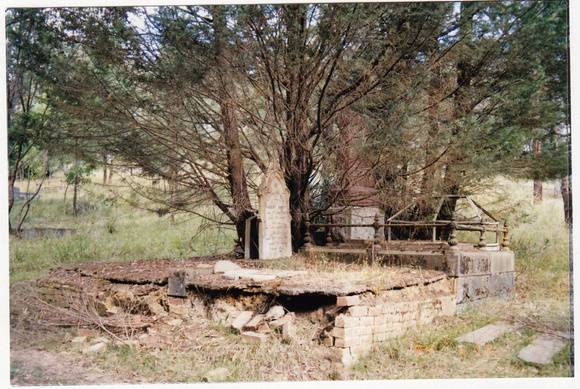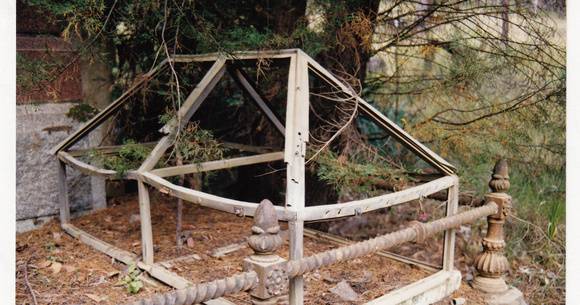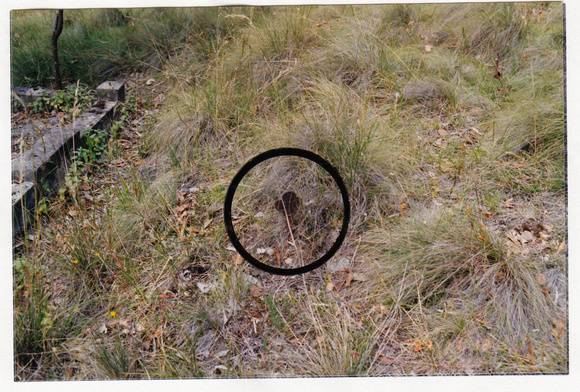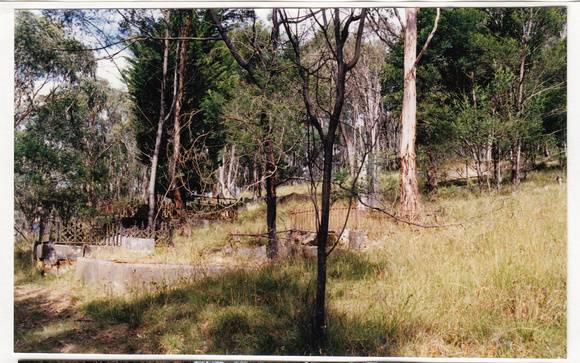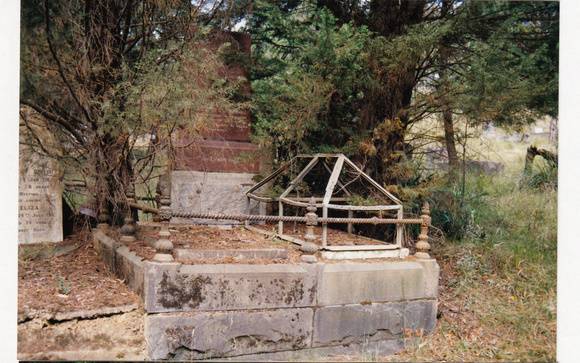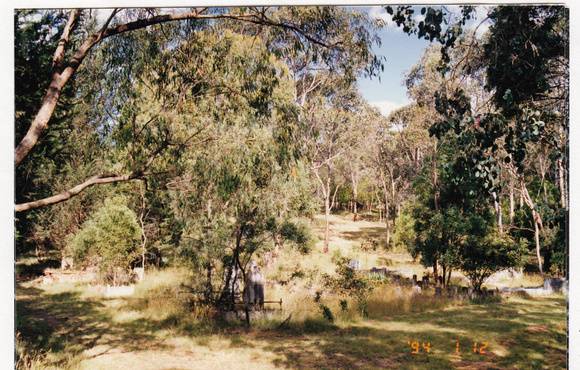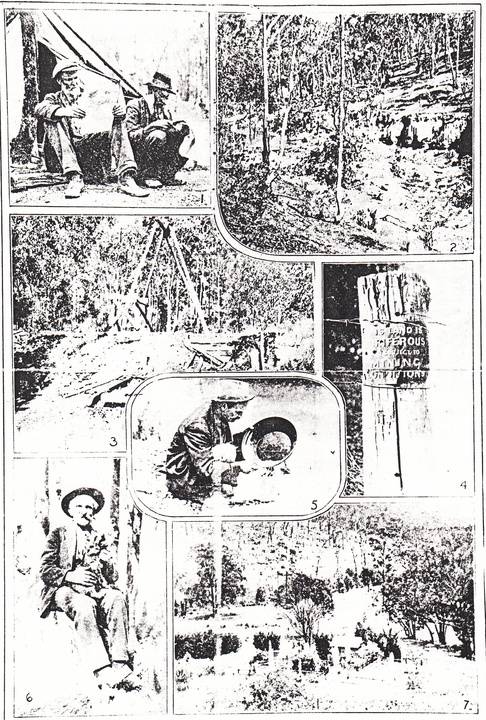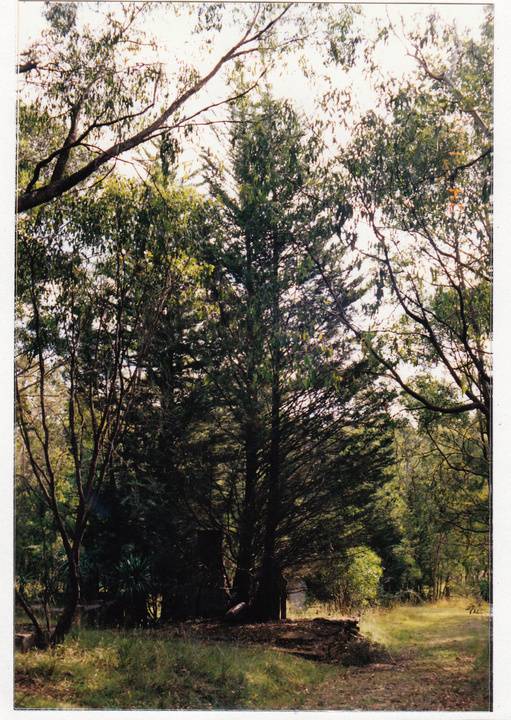| Back to search results » | Back to search page » |
|
QUEENSTOWN CEMETERY, 70 SMITHS GULLY RD, SMITHS GULLY
Statement of Significance
REVISED STATEMENT OF SIGNIFICANCE, CONTEXT, 2010 What is significant?
How is it significant? The cemetery is historically, aesthetically and socially significant to the Shire of Nillumbik.
Why is it significant? The cemetery is socially and historically significant because it only closed in 1981 and many local residents still have close links to it (Criterion G). The cemetery is aesthetically significant because it has remained relatively undisturbed for a long period of time and has become an important flora and fauna sanctuary (Criterion E).
BICK STUDY, 1992 BASIS OF SIGNIFICANCE: ILLUSTRATION OF THE THEMES HISTORY SOCIAL DEGREE OF SIGNIFICANCE: LOCAL SIGNIFICANCE EXTENT OF SIGNIFICANCE: ENTIRE CEMETERY INCLUDING ALL GRAVES, GRAVE MARKERS, METAL FLOWER CASE FRAME AND SURROUNDING SITES TO A RADIUS OF 30 METRES - THE SURROUNDING SITES ARE PART OF THE CEMETERY'S SETTING.
The c1866 cemetery and the mature planting within the cemetery and the surrounding site to a radius of 30 metres.
The cemetery is historically significant as a rare example (in Melbourne) of a private burial ground established by a district's early settlers - many of the early burials in the cemetery are those of diggers who worked on the nearby Caledonia (St Andrews) goldfields. A study of the graves and associated records tells the story of the difficulties faced by early miners and settlers in the area, and in particular the high child mortality rate (Criterion A). The cemetery is also historically significant as the resting place of several prominent local citizens, including Charlotte Ness and Kathleen Donaldson (Criterion H).
The 1860s Queenstown Cemetery has historical significance for its associations with early settlement as the cemetery for the Caledonia Diggings during St. Andrews gold mining era. The rush to these diggings resulted in the establishment of Queenstown (now St. Andrews)
Group
Cemeteries and Burial Sites
Category
Cemetery/Graveyard/Burial Ground




